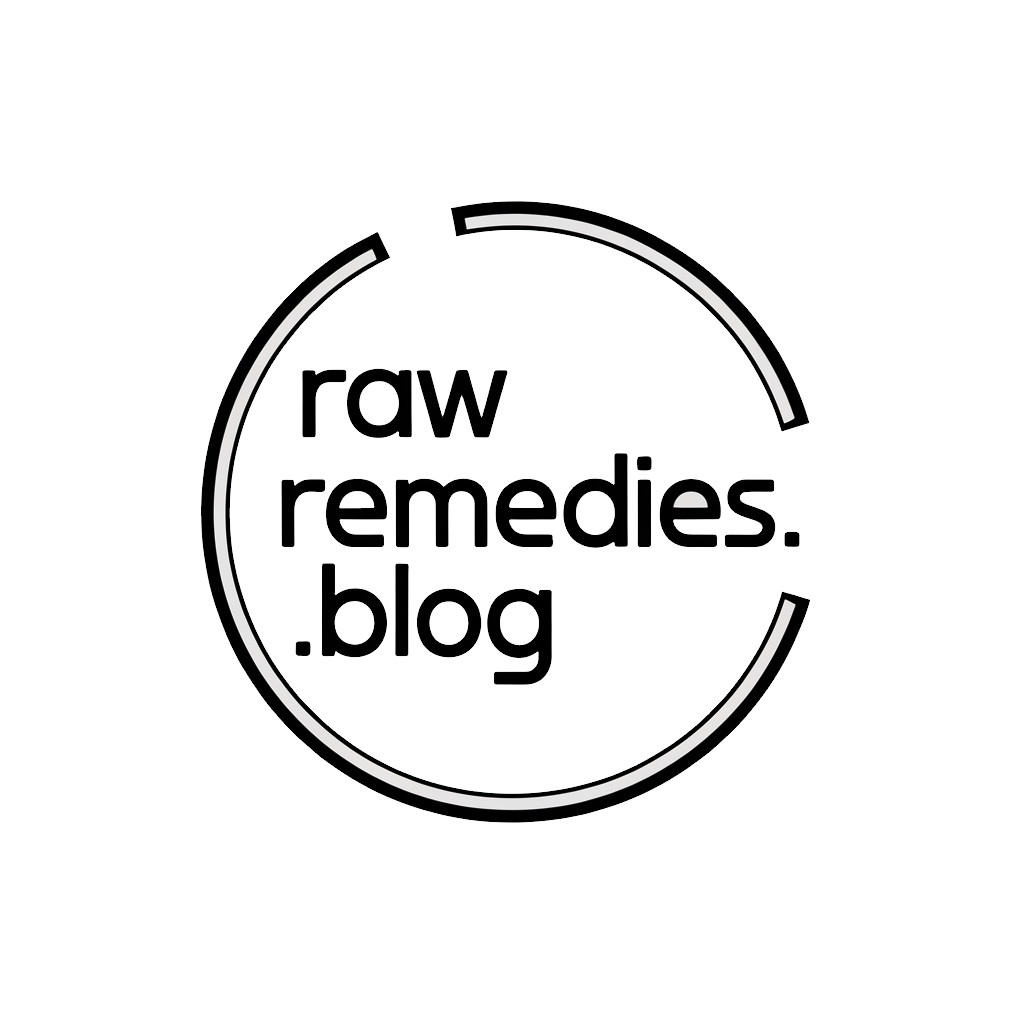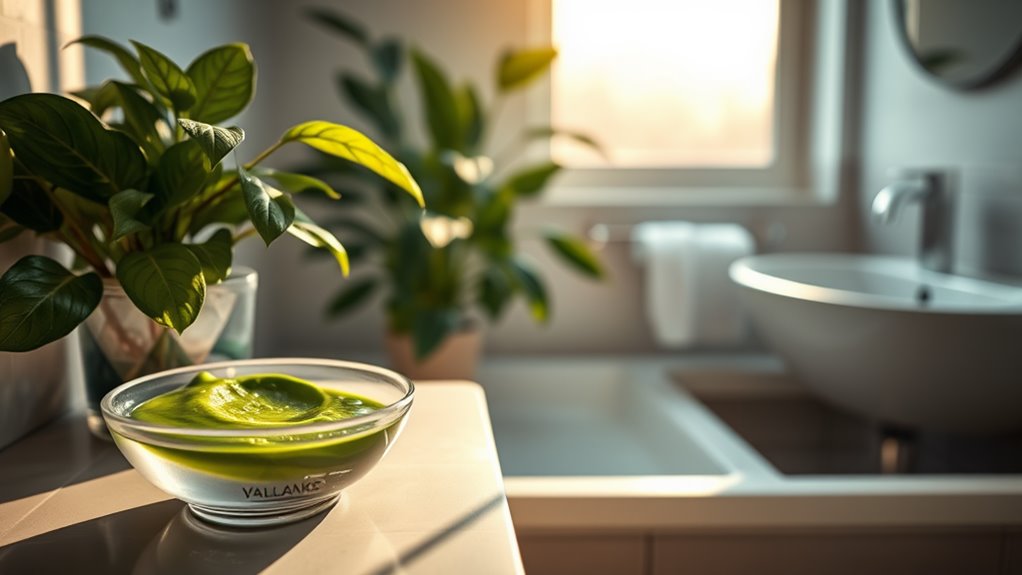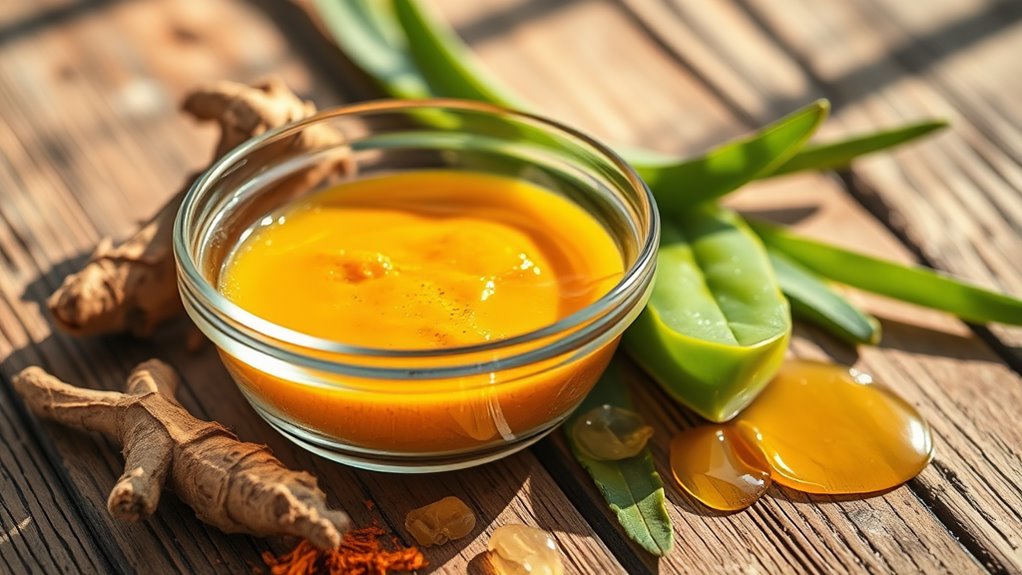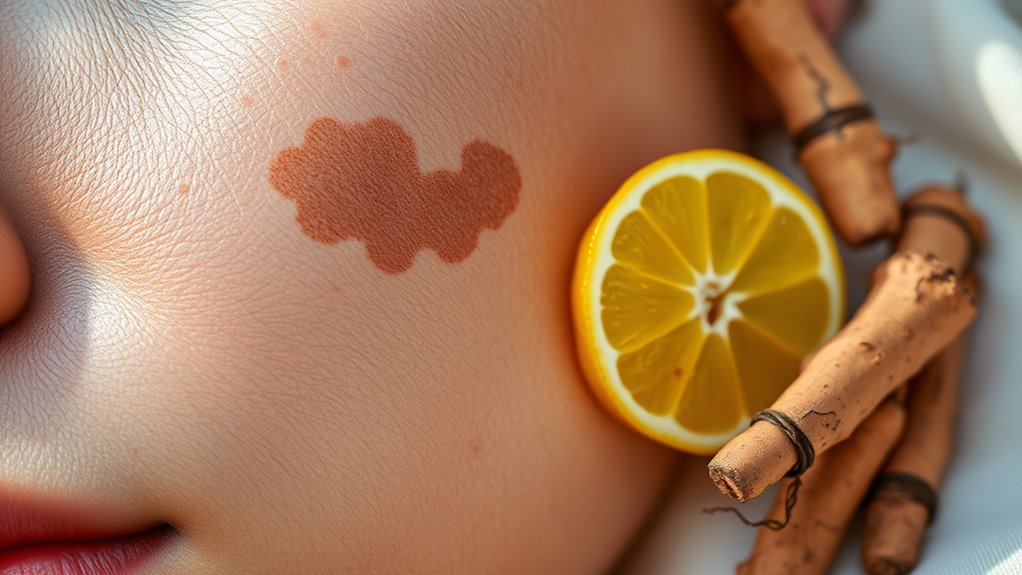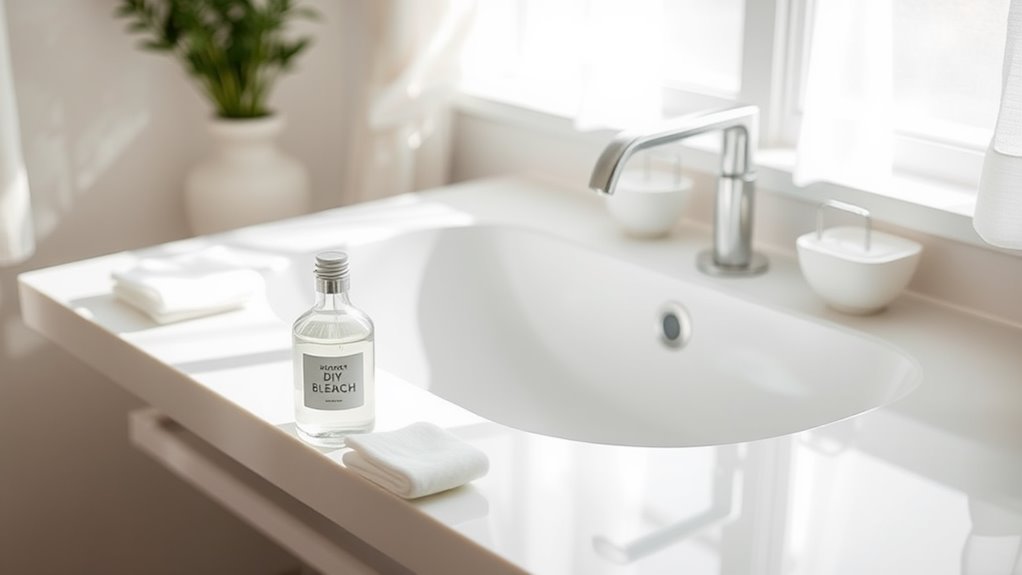Dark Private Areas. This DIY Mask Brightens Skin Like Magic!
Dark private areas can be a common source of concern for many. Friction, hormonal shifts, or even genetics might play a role in this issue. But what if you could brighten these areas naturally? With the right ingredients, you can create a DIY mask that not only hydrates but also evens out your skin tone. Curious about how to make this transformative mask? Let’s explore the natural ingredients that can work wonders for you.
Understanding Dark Private Areas: Causes and Concerns
Understanding the causes of dark private areas is essential for addressing any concerns you might have.
Often, factors like friction, hormonal changes, and genetics play a role in skin discoloration. You’re not alone; many people experience this, and it’s perfectly normal.
Sometimes, irritation from shaving or wearing tight clothing can also contribute to darkening. It’s important to recognize that these changes are common and can be managed.
If you’re looking to lighten your intimate area fast, focusing on gentle care and avoiding harsh products can help.
Natural Ingredients for Skin Brightening
If you’re looking for effective ways to brighten dark private areas, natural ingredients can be a great option. Ingredients like lemon juice, known for its natural bleaching properties, can help lighten the skin.
Aloe vera is another fantastic choice; it soothes and hydrates, promoting an even skin tone. Turmeric, with its anti-inflammatory benefits, can also aid in reducing pigmentation.
Additionally, honey acts as a natural moisturizer, enhancing skin brightness without irritation. You can create a nourishing routine by combining these ingredients for a gentle yet effective treatment.
Embracing these natural solutions not only helps brighten your skin but also connects you with the power of nature, fostering a sense of belonging to a community that values holistic beauty. Furthermore, it’s important to remember that proper skincare practices are essential in maintaining the health of sensitive skin regions.
DIY Mask Recipe for Intimate Areas
Creating a DIY mask for intimate areas can be a simple and rewarding process.
You’ll love how easy it’s to whip up a brightening mask using natural ingredients that nourish your skin.
Here’s a quick recipe you can try:
- 1 tablespoon yogurt – hydrates and brightens
- 1 teaspoon honey – adds moisture and has antibacterial properties
- 1 teaspoon turmeric powder – known for its brightening effects
- 1 teaspoon lemon juice – helps even out skin tone
Mix these ingredients in a bowl until smooth.
Apply the mask gently to your intimate areas, leaving it on for about 15-20 minutes.
Rinse off with lukewarm water, and enjoy your newfound glow!
You deserve to feel confident and radiant in your own skin.
Application Techniques for Sensitive Skin
When applying a DIY mask to sensitive areas, it’s crucial to be gentle and mindful of your skin’s needs. Start by cleansing the area with warm water, then pat it dry. Use your fingertips to apply the mask in a light, circular motion, avoiding any harsh rubbing.
| Step | Technique | Tips |
|---|---|---|
| 1 | Cleanse | Use warm, gentle water |
| 2 | Pat Dry | Use a soft towel |
| 3 | Apply Mask | Use fingertips, not tools |
| 4 | Circular Motion | Be gentle, don’t rush |
| 5 | Let it Sit | Follow time guidelines |
This way, you’ll ensure your skin feels cared for and loved, embracing the journey to brighter skin together.
Aftercare Tips for Optimal Results
To achieve the best results after using a DIY mask, you should prioritize hydration and care for your skin.
Taking the right steps afterward ensures your skin remains vibrant and healthy. Here are some essential aftercare tips:
-
Moisturize: Apply a gentle, hydrating lotion to keep your skin supple and prevent dryness.
-
Avoid Irritants: Steer clear of harsh soaps and fragrances that can disrupt your skin’s balance.
-
Stay Hydrated: Drink plenty of water to help maintain your skin’s elasticity and glow.
-
Protect Your Skin: Use sunscreen when exposed to sunlight to guard against potential darkening.
When to Seek Professional Advice
Even with proper aftercare, some skin concerns might require more than just DIY solutions.
If you notice persistent discoloration, irritation, or any unusual changes in your skin, it’s time to consult a professional. Don’t hesitate to seek advice if your skin feels itchy, painful, or inflamed. These could be signs of an underlying issue that needs attention.
A dermatologist can provide tailored treatments and expert guidance to ensure your skin remains healthy and vibrant. Remember, prioritizing your well-being is crucial, and you’re not alone in this journey.
Many people face similar challenges, and reaching out for help is a sign of strength. Your skin deserves the best care, so don’t wait too long to get the support you need.
